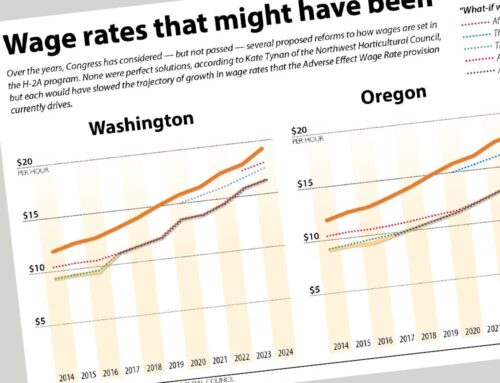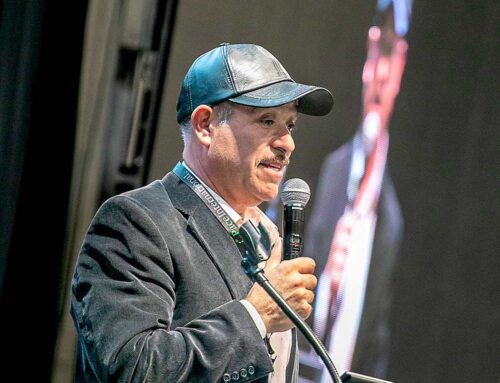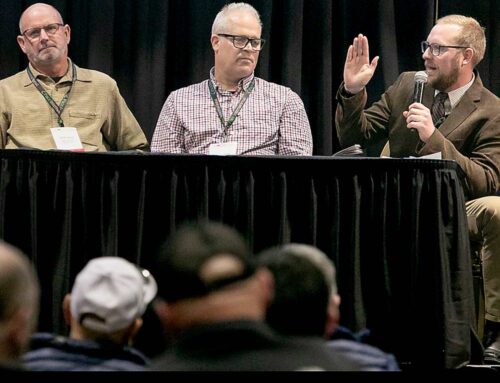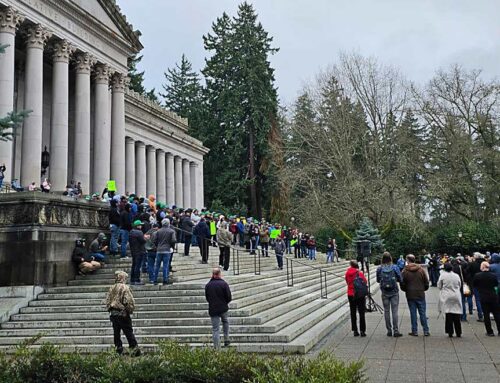
Leon Sequeira
Figuring out if an employer needs to offer a health insurance plan to seasonal workers is difficult, says labor consultant and attorney Leon Sequeira, because under the Affordable Care Act, seasonal workers, seasonal employees, and guest workers all are defined differently.
“The federal government has spent more than 50 pages of very small type trying to explain what an employee is,” Sequeira said at the annual Washington Farm Labor Conference in Wenatchee last winter.
“The general rule of thumb is, yes, you do have to cover your H-2A workers, regardless of the fact that they are seasonal workers, but there are some gray areas and some instances where you may not have to cover them, at least in the first year.”
Are you an applicable employer?
One source of confusion is that seasonal workers are defined one way for the purposes of calculating whether or not an employer is considered an applicable large employer under the law and another way when figuring out if specific workers are eligible for coverage.
To calculate if you are an applicable large employer, you must count the number of full-time employees (working 30 or more hours a week) and the hours worked by part-time employees for each calendar month in the preceding year. Hours worked by part-time employees must be divided by 120 to calculate the full-time equivalent employees per month.
Effective January 1, 2015, employers with 100 full-time equivalent employees must offer health insurance coverage to eligible workers. Starting January 1, 2016, employers with 50 full-time equivalent employees must also offer coverage.
However, employers are exempted if they had the threshold number of workers for 120 or fewer days during the previous year or the only reason they exceeded the threshold was because of hours worked by seasonal workers.
Who qualifies for coverage?
Full-time employees must be offered coverage. But, seasonal employees who work for six months or less may be treated as variable hour employees if the employer doesn’t know at the time they’re hired how many hours they will work or whether they will work full-time.
If an employer reasonably doesn’t know how many hours seasonal employees will work, the employer can decide not to offer them coverage immediately, but to track their hours over a measurement period (known as a look-back period) of 3 to 12 months, Sequeira said.
Then, if it turns out they have been working less than full-time, they need not be offered coverage during a subsequent stability period of at least six months or the same length of time as the look-back period, if that’s longer.
If they have been working full-time during the look-back period, they must be offered coverage.
If, however, the employer knows when the person is hired that they will be working full-time, they must be offered coverage on the first day of the month after an administrative period of up to 60 days (no later than 90 days) from their date of hire.
“The key is your belief or intent regarding how many hours they are going to work,” Sequeira said.
Chris Rivard, a partner with Moss Adams LLP in Yakima, Washington, said growers should try to make a reasonable decision because the government could check their historical records to see how many seasonal workers did not work full-time while in their employment.
“In my experience, most seasonal workers are hired to work more than 30 hours a week, which makes it a tough argument to say you don’t know whether they’re part-time or full-time,” he said. “That’s my only caution.”
John Hickey, account executive with the health insurance broker MCM in Seattle, said growers get anxious when they think about how many full-time seasonal employees they hire during cherry harvest, for example.
“Just because you have 500 W2s, it doesn’t mean you have 500 employees who are going to be eligible,” he said.
Most seasonal workers are probably not going to be still employed by the time the employer is ready to offer coverage, but Hickey said growers should be careful if they rehire workers. If they were gone longer than they were employed the first time, they are considered a new hire. If they were gone a shorter time than they first worked, they are a rehire and full-time workers will qualify for coverage on the first day of the month after they were rehired.
For example, if a worker is hired to pick cherries for four weeks, then is gone for five weeks and returns to pick apples, he or she would be considered a new hire. If they were gone for only three weeks, they would be rehired.
H-2A workers
When it comes to H-2A workers, the grower can’t argue that they’re not sure how many hours they will work, because the number of hours and period of work are spelled out in the paperwork filed with the U.S. Department of Labor before they arrive, Sequeira said, and it’s almost always more than 30 hours a week.
“If you have H-2A workers, they’re almost certainly going to be considered full-time employees who need to be offered coverage at the end of the administrative period of 90 days from the date they were hired.
“The reality of the situation is you’re permitted a 90-day administrative period, so unless you are agreeing to subsidize coverage and want to start signing them up on day one, the law permits you an administrative period to figure out which options to offer,” he explained. “If you take advantage of that full 90 days, it’s entirely possible your H-2A worker or other seasonal workers will have started and finished before they sign up for coverage.”
Rivard stressed that growers need to follow the rules to the letter. If it goes to litigation, that does not favor the employer.
“Don’t play close to the line,” he said. “Most likely these people are going to opt out of your plan, so the risk is low.”
Sequeira agreed that few seasonal workers are likely to actually qualify or want coverage. “It’s not worth the time and effort and accountants’ fees to try to game this out and try to exclude folks.” •






Leave A Comment